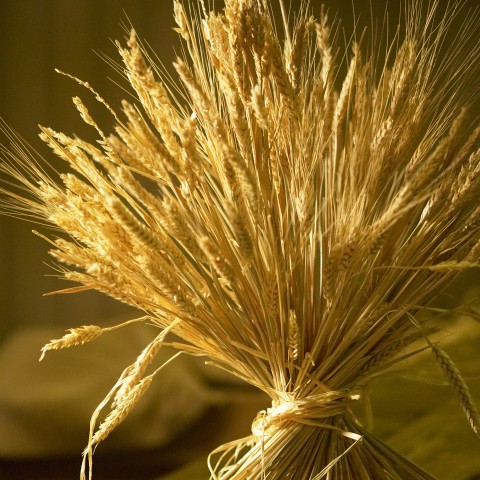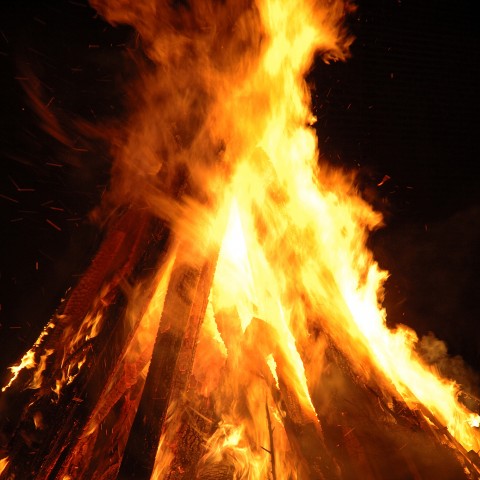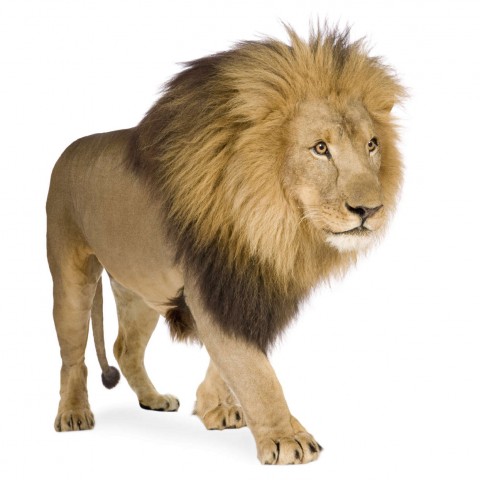Lag BaOmer, the 33rd Day of the Omer, is one of the significant holidays on the calendar to Jews. From its association with Rabbi Akiva and the Bar Kochba revolt, the Lag BaOmer story is truly a staple of Jewish culture. And as any language learner knows, understanding a country’s culture is the most important factor in mastering its language!
At HebrewPod101.com, we hope to make your learning experience both fun and informative!
1. What is the Lag BaOmer Holiday?
Israelites celebrate Lag Ba’omer to commemorate some events that occurred during the second century of the common era: the Bar Kochva revolt against the Romans, the end of the plague that killed thousands of Rabbi Akiva’s students, and the death of Rabbi Shimon Bar Yochai, an important rabbi and one of founding fathers of the Kabbalah.
2. When is Lag BaOmer?
The date of Lag BaOmer varies from year to year on the Gregorian calendar. However, it always takes place during the Hebrew month lyar, on the eighteenth day. For your convenience, here’s a list of the starting date for this holiday for the next ten years.
- 2019: May 22
- 2020: May 11
- 2021: April 29
- 2022: May 18
- 2023: May 8
- 2024: May 25
- 2025: May 15
- 2026: May 4
- 2027: May 24
- 2028: May 13
3. Reading Practice: Lag BaOmer Celebrations
When it comes to Lag BaOmer celebrations, common ones include the Chabad Lag BaOmer parade and Lag BaOmer fires. Read the Hebrew text below to learn more about how people celebrate Lag BaOmer (and find the English translation directly below it).
—
המנהג המוכר ביותר של לג בעומר הוא המדורות. יש כמה הסברים למנהג. ההסבר הראשון קשור למרד בר-כוכבא: המורדים, שהונהגו בידי בר-כוכבא, הדליקו אש על ראשי ההרים כדי להפיץ את הידיעה על פרוץ המרד; לזכר האש הזו מדליקים מדורות בחג. ההסבר השני קשור לרבי שמעון בר יוחאי: מספרים שבליל מותו היה הבית של רבי שמעון מוקף באש, שלזכרה מדליקים מדורות.
ילדים ובני נוער ישראלים מתחילים להתכונן למדורה שבועות לפני התאריך המיועד, ויוצאים יחד לאסוף קרשים. בערב החג נפגשים כולם, מדליקים את המדורה, צולים בתוכה תפוחי אדמה ומרשמלו, יושבים סביבה ומשחקים משחקים, ולפעמים גם שרים שירים ומנגנים בגיטרה. הרבה פעמים המדורה נמשכת עד אור הבוקר.
מנהג נוסף של לג בעומר קשור גם הוא לרבי שמעון בר יוחאי, רב שהתנגד לשלטון הרומאי בארץ ישראל ושנחשב לאחד מאבות תורת הקבלה. קברו של רבי שמעון נמצא בהר מירון, ובכל שנה בלג בעומר עולים להר מירון עשרות אלפי אנשים לציין את יום פטירתו של רבי שמעון בחגיגה גדולה שנקראת הילולת בר יוחאי. החוגגים מדליקים מדורות, שרים, רוקדים וקוראים בספר הזוהר, ספר היסוד של תורת הקבלה.
—
The best-known Lag Ba’Omer tradition is lighting bonfires. There are several explanations for this tradition. The first is tied to the Bar Kochba revolt. The rebels, who were led by Bar Kochba, lit a bonfire on the mountaintops to spread word of the outbreak of the revolt. In memory of these fires, we light bonfires on the holiday. The second explanation concerns Rabbi Shimon Bar Yochai. We are told that when he passed away, his house was engulfed in flames, and we commemorate this by lighting bonfires.
Israeli children and young adults begin preparing for the bonfires weeks before the designated date, and they go out together to gather planks. On the night of the holiday, they all meet up, light a bonfire, roast potatoes and marshmallows in the fire, and sit around it and play games. Sometimes, they sing songs, and play the guitar. The bonfire can often last until daybreak.
Another Lag Ba’Omer custom is also tied to Rabbi Shimon Bar Yochai, a rabbi who opposed Roman rule of the Land of Israel and was considered to be among the founding fathers of the Kabbalah. Rabbi Shimon Bar Yochai’s grave is in Mount Meron, and every year, on Lag Ba’Omer, tens of thousands of people climb the mountain to commemorate the anniversary of Rabbi Shimon’s death in a big celebration called a “Hilulat Bar Yochai”. Participants light bonfires, sing, dance, and read from the Zohar, the foundational work of the teachings of the Kabbalah.
4. Lag BaOmer (Meron): Children’s First Haircuts
Many Israeli children participate in a special ceremony on Lag BaOmer. What is this ceremony called, and what is done at the ceremony?
Many traditional Jews don’t cut their children’s hair until they’re three years old. When a child reaches three years old, he’s taken to Hilulat Bar Yochai, in Mount Meron, and there, he gets his haircut as part of a festive ceremony known as a Halaka.
5. Useful Vocabulary for Lag BaOmer
Here’s some vocabulary you should know for Lag BaOmer!
- אריה (ar’ye) — lion
- הר מרון (har meron) — Mount Meron
- לג בעומר (la”g ba-Omer) — Lag BaOmer
- מדורה (medurah) — bonfire
- חאלאקה (Chalaka) — first hair cut ceremony
- משואה (massua) — torch
- רבי עקיבא (Rabbi Akiva) — Rabbi Akiva
- מגפה (magefa) — plague
- תספורת (tisporet) — haircut
- ספירת העומר (sfirat ha-omer) — Counting of the Omer
- עומר (omer) — bundle of harvest
- בר כוכבא (bar kokhva) — Bar Kochba
- ל”ג בעומר (lag ba-omer) — 33rd day of the Omer
To hear each of these vocabulary words pronounced, check out our Lag BaOmer vocabulary list. Here, you’ll find each word accompanied by an audio file of its pronunciation.
Conclusion
What do you think of Lag BaOmer and the traditions it carries with it? Does it remind you of a holiday in your own country? Let us know in the comments! We always love to hear from you.
Interested in Hebrew culture and want to learn even more? Visit us at HebrewPod101.com! Read more blog posts on various aspects of the language and culture, check out our free vocabulary lists, and chat with fellow Hebrew learners on our community forum! If you want a one-on-one learning experience, you can also upgrade to (or create) a Premium Plus account to utilize our MyTeacher program!
If you’re looking for a site to help you flourish in your Hebrew skills, this is it!













